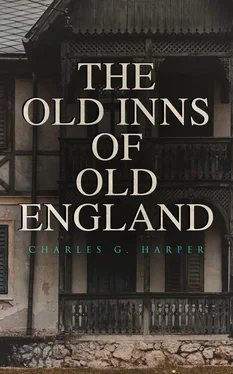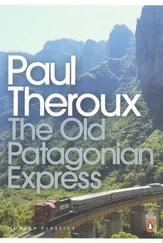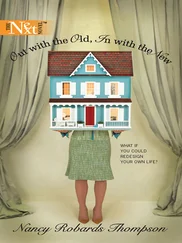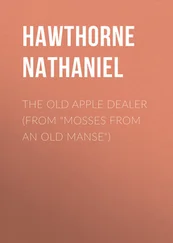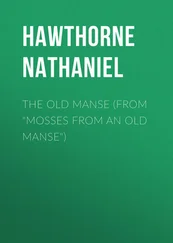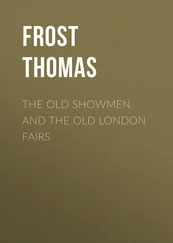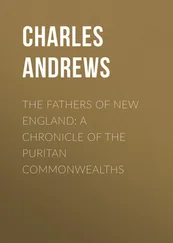As for the motor-cars which are now finding their way into the old inn-yards, the old ostler stands fearfully aloof from them, and lets the driver of the motor look after the machine himself. The New Ostler, who will be produced by the logic of events in the course of a very few more years, will be an expert mechanic, and able to tittivate a gear and grind in a valve of a motor-car, or execute minor repairs to a bicycle, just as readily as an ostler rubs down or clips a horse.
Table of Contents
PILGRIMS’ INNS AND MONASTIC HOSTELS
Inns, or guest-houses for the proper lodging and entertainment of travellers bent on pilgrimage, were among the earliest forms of hostelries; and those great bournes of religious pilgrimage in mediæval times—the shrine of St. Thomas à Becket at Canterbury, the tomb of Edward the Second in Gloucester Cathedral, the relics of St. Dunstan at Glastonbury, and the more or less holy objects of superstitious reverence at Walsingham, St. Albans, and indeed, in most of our great abbeys, attracting thousands of sinners anxious to clear off old scores and begin afresh—were full of inns for the entertainment of every class of itinerating sinner; from the Abbot’s guest-house, at the service of the great, to the hostels for the middle classes, and the barns and outhouses where the common folk appropriately herded.
The Abbots and other dignified ecclesiastics were thus among the earliest innkeepers, but they conducted their business on lines that would be impossible to the modern hotel-keeper, for they commonly boarded and lodged their guests free of charge, confident, in the religious spirit of the time, that the offerings to be made at the shrines, which were the objects of those old-time painful journeys, would amply repay the costs and charges of their entertaining, and leave a very handsome surplus for the good of the Abbey.
Chaucer’s description of pilgrimages made to Canterbury gives us a very good idea of the varied character of the crowds setting forth upon their journey to that most popular of shrines; and we learn from him and from many other contemporary sources that the bearing of these crowds was scarce what we should expect of miserable sinners, not only conscious of their sins, but humbly seeking that spiritual spring-clean—absolution. They were gay and light-hearted, reckless, and exceedingly improper, and rarely failed to deeply scandalise the innkeepers along the roads.
The “Tabard,” whence Chaucer’s pilgrims set out on that April morning in 1383, has long been a thing of the past. It was in 1307, one hundred and thirty-seven years after Becket’s martyrdom, that the Abbot of Hyde, at Winchester, built the first house, which seems to have been in two portions: one a guest-house for the brethren of Hyde and other clergy coming to London to wait upon that mighty political and religious personage, my Lord Bishop of Winchester, whose London palace stood close by, on Bankside; the other a more or less commercially conducted inn. When Chaucer conferred immortality upon the “Tabard,” in 1383, the lessee of that hostelry was the “Harry Bailly” of The Canterbury Tales , a real person, and probably an intimate friend whom Chaucer thus delighted to honour.
This was no mere red-nosed and fat-paunched purveyor of sack and other quaint liquors of that time, but one who had been Member of Parliament for Southwark in 1376 and again in 1379,[12] and was a person not only of considerable property, but a dignified and well-mannered man—better-mannered and of cleaner speech, we may suspect, than Chaucer’s pilgrims themselves:
A seemly man our hostè was withal
For to have been a marshal in a hall.
A largè man was he, with eyen steep,
A fairer burgess is there none in Chepe;
Bold of his speech, and wise, and well ytaught;
And of manhóod lackèd righte nought,
Eke thereto he was right a merry man.
Such a host, and no less a person, could have sat at supper with his guests, even with such gentles as the Knight and his son, the Squire, and the Lady Abbess; and thus only is he able to take charge of, and to assume leadership over, the party of twenty-nine on the long four days’ pilgrimage to Canterbury, and to reprove or praise each and all, according to his mind.
The “Tabard” derived its name from the sleeveless ceremonial heraldic coat, tricked out with gold and colours, worn by heralds. At a comparatively early date, however, the “science of fools,” as heraldry has severely been called, grew neglected, and “tabards” became little understood by common people. The sign of the house was accordingly changed to the “Talbot” about 1599; but even that has grown mysterious, and only folk with very special knowledge now know what a “talbot” was. In those days the meaning was well understood, and especially at inns, for it was the name of a fierce breed of dog—the old English hound, something between a mastiff and a bull-dog—kept chiefly by packmen to mount guard over their pack-horses and goods.
Both “Tabard” and “Talbot” are now nothing more substantial than memories. Little could have been left of the historic house in 1676, when the great fire of Southwark swept away many of the old inns. A newer “Talbot” then arose on the site, and stood until 1870: itself of so venerable an appearance that it was not difficult to persuade people of its being the veritable house whence Chaucer’s pilgrims set forth those many centuries ago.
The pilgrims only made Dartford the first night, a fifteen-miles’ journey that would by no means satisfy those inclined nowadays to follow their trail. We are not, however, vouchsafed any definite information as to Dartford, and the oldest portions of the existing “Bull” inn there are not, by perhaps two hundred years, old enough to have housed that miscellaneous party. But there was an inn, frequented by pilgrims, at that time upon the same site, and the “Bull” claims to be one of the oldest licensed houses in Kent—as well it may, for it is known to date back to 1450. In Chaucer’s time the landlord was, we are told, one Urban Baldock, himself a friend of the poet, and the source whence a great deal of information respecting pilgrims and their ways was gathered by him for The Canterbury Tales .
The oldest part of the “Bull” is the courtyard, galleried after the ancient style, but in these practical and in many ways unsentimental times roofed in with glass and used as a corn-market. Behind the carved wooden balusters of the gallery are the bedrooms, until late years largely given up to dust and cobwebs, but now rebuilt and again in use. Those who care for things that have had their day will think it fortunate that merely alteration, and not destruction, has been suffered here.
For the rest, the “Bull” at Dartford is Georgian, and its long brick front, with nine windows in a row, bears a strong family likeness to that of its namesake at Rochester. The bull himself, in great black effigy, occupies a monumental position among the chimney-pots, whence he looks down, like Nelson in Trafalgar Square, upon busy streets.
There have been happenings at the “Bull” in times much later than those of pilgrimage. On August 17th, 1775, a room off the gallery was the scene of an affray that led to Joseph Stacpoole, William Gapper, and James Lagier being indicted for shooting “John Parker, Esq.,” described as an Irish gentleman of fortune.
It seems that Joseph Stacpoole had lent John Parker and his brother Francis various sums of money, amounting in all to £3,000, and had very seriously embarrassed himself in doing so. He could not succeed in getting payment, and as he had good reason to suspect that the Parkers intended to abscond over sea, he followed them to Dartford, with his attorney and a bailiff. Hearing that they were staying with some friends at the “Bull,” Stacpoole sent Lagier, the bailiff, with a writ into the room they occupied, himself and Gapper following.
Читать дальше
